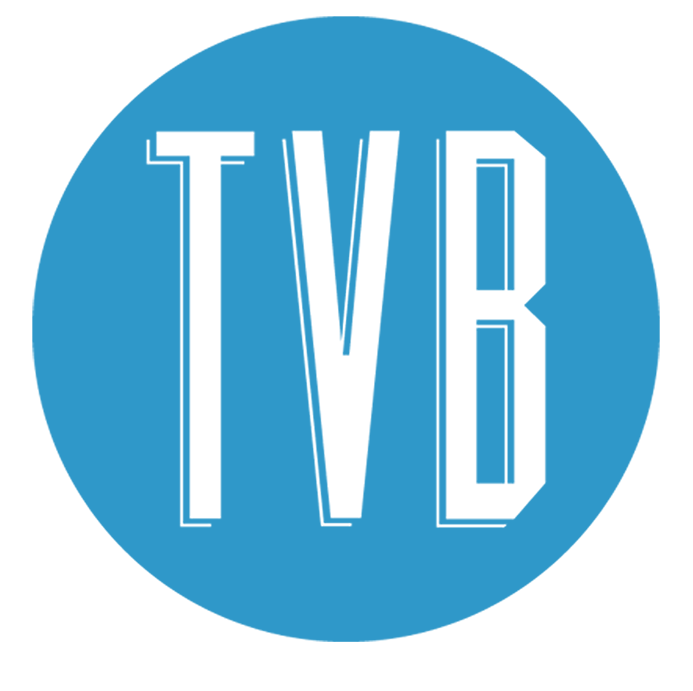An ownable brand vocabulary is one of your most important communication tools
A brand's vocabulary is one of the key ways it communicates its identity and builds emotional connections with customers. When a brand uses distinctive language, it helps create brand recognition and stickiness in customers' minds. For example, Starbucks popularized words like "grande" and "venti" to reflect the Italian coffeehouse experience it wanted to convey.
Having an ownable vocabulary allows a brand to craft messaging that feels authentic to its personality. It enables brands to express their values consistently across channels like social media, advertising, packaging, etc. The more customers hear a brand's unique word choices, the more those words become linked to that brand in memory.
A strong brand vocabulary also makes it easier for customers to talk about the brand with each other. When brands create signature terms and phrases, those often get adopted into popular culture and shared organically. Think of how "Just Do It" has become entwined with Nike's identity because it encapsulates the brand's motivational ethos in three simple words.
In summary, having ownable branding language allows companies to cut through noise, build familiarity, convey their story, and spark word-of-mouth. A thoughtfully constructed vocabulary is a powerful tool for brands to shape perceptions and connections with customers.
By investing in creating a unique and consistent brand vocabulary, a brand can build a strong and enduring identity that resonates with its audience.
Creating an ownable verbal brand vocabulary can have a powerful impact on a brand's ability to differentiate itself, build brand recognition, and foster deeper connections with its audience.
The culmination of a strong and iterative brand and messaging foundation, a brand vocabulary, founded in your emotional and functional drivers, includes the literal words you use consistently throughout brand communication. While great for SEO, consistent adherence to using will not only facilitate message understanding to your audience, there are other ways that an ownable brand vocabulary can be powerful...
1. Differentiation: Helps to differentiate the brand from competitors. By creating a unique verbal and visual vocabulary, a brand can stand out in a crowded market and be easily recognized by its audience.
2. Consistency: Helps to ensure consistency in messaging and visual identity across all channels. This consistency creates a cohesive and unified brand identity that strengthens brand recognition and recall.
3. Memorability: Using consistent verbal and visual elements across all communication channels makes the brand more easily recognizable and memorable to its audience.
4. Emotional Connection: Using consistent verbal and visual elements that align with the brand's values and personality can build deeper connections with its audience.
5. Flexibility: An ownable brand vocabulary can be flexible enough to adapt to market, audience, or industry changes. By creating a flexible vocabulary that can be adapted as needed, the brand can remain relevant and fresh over time.
